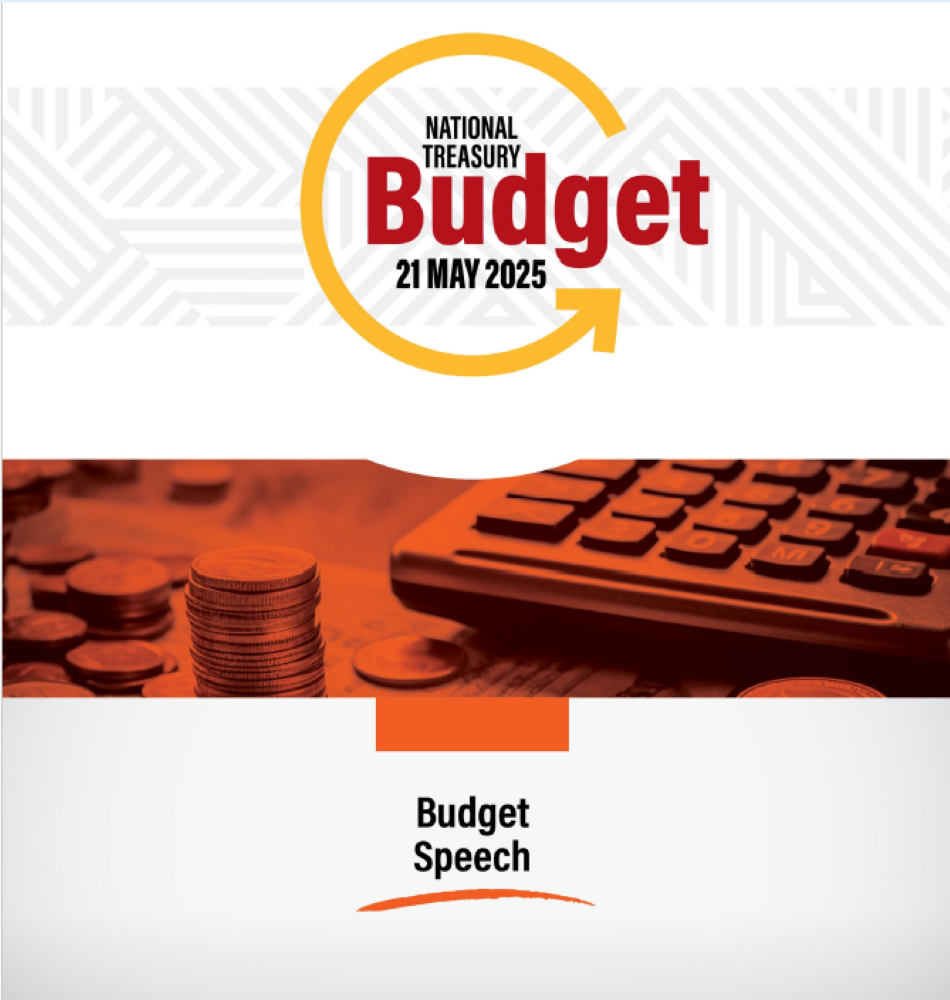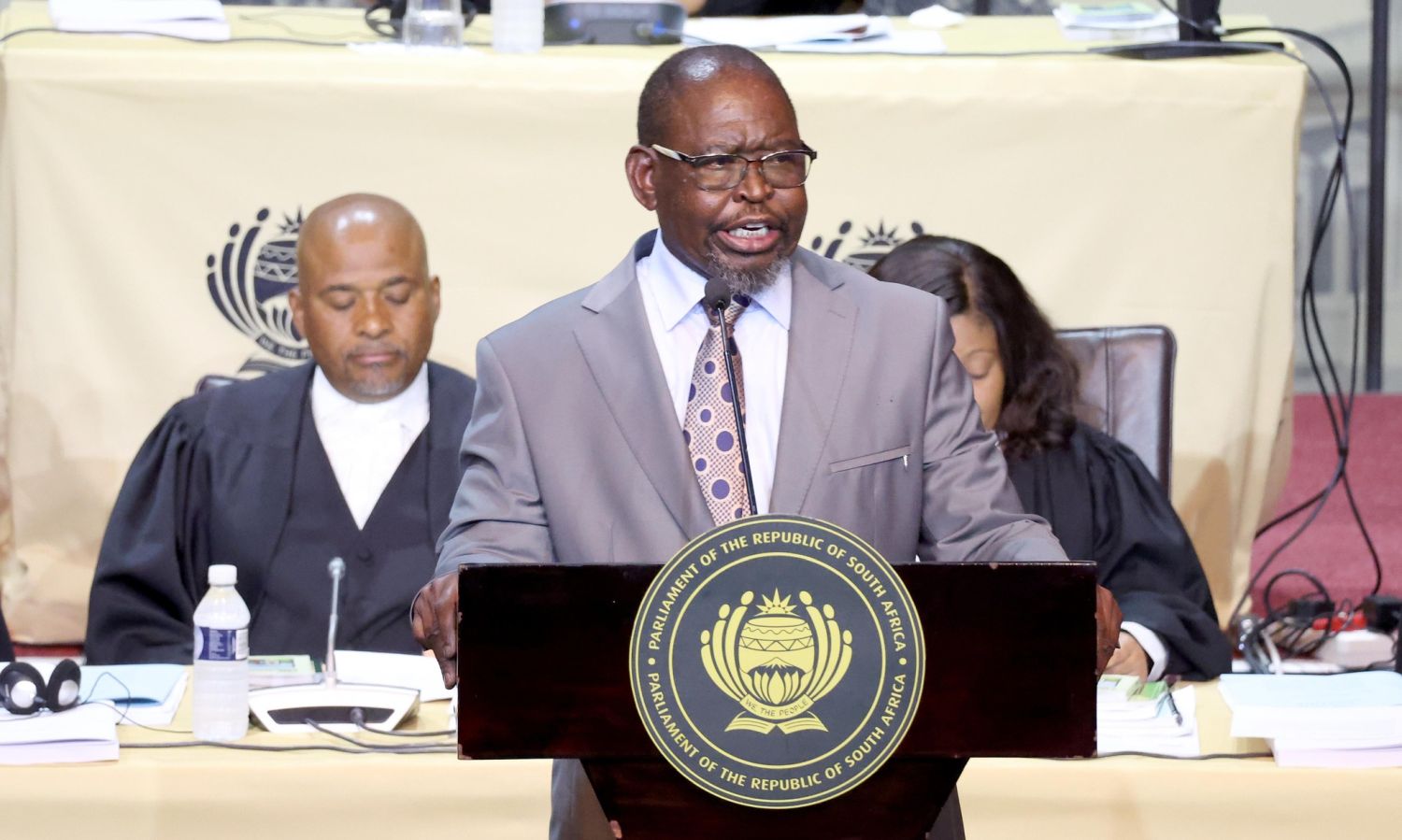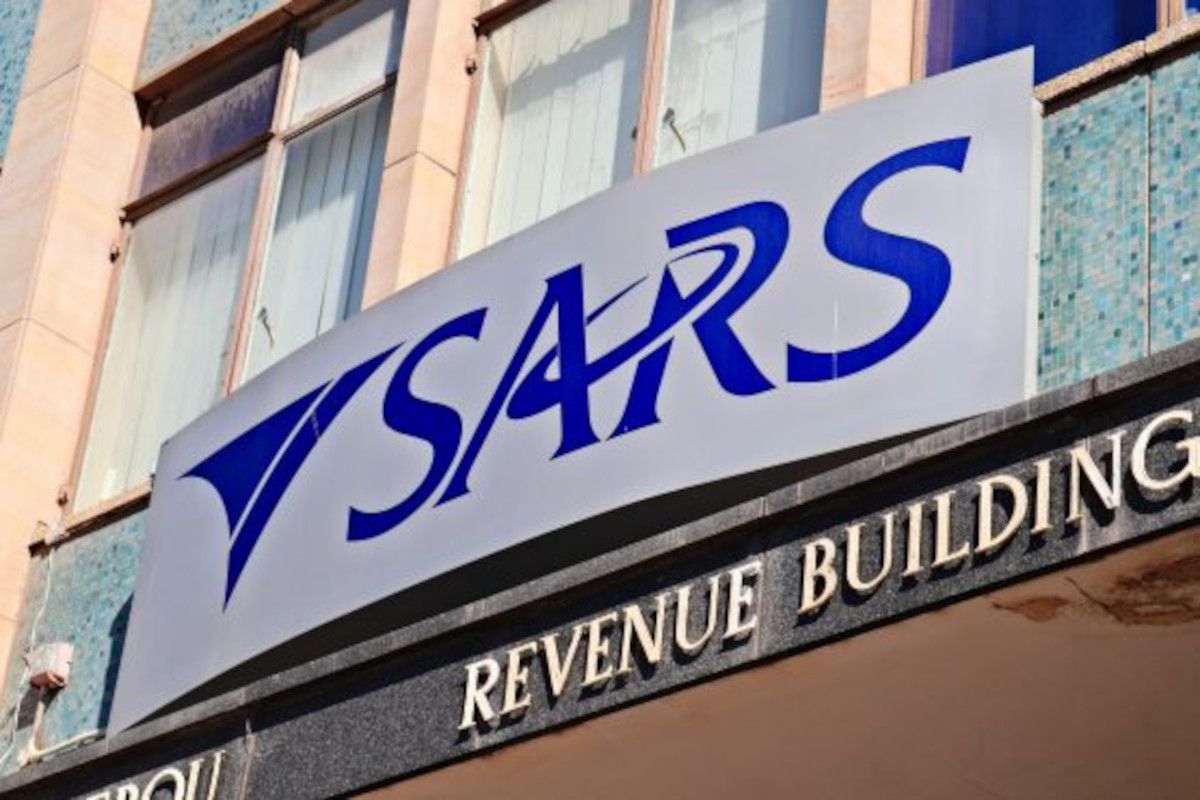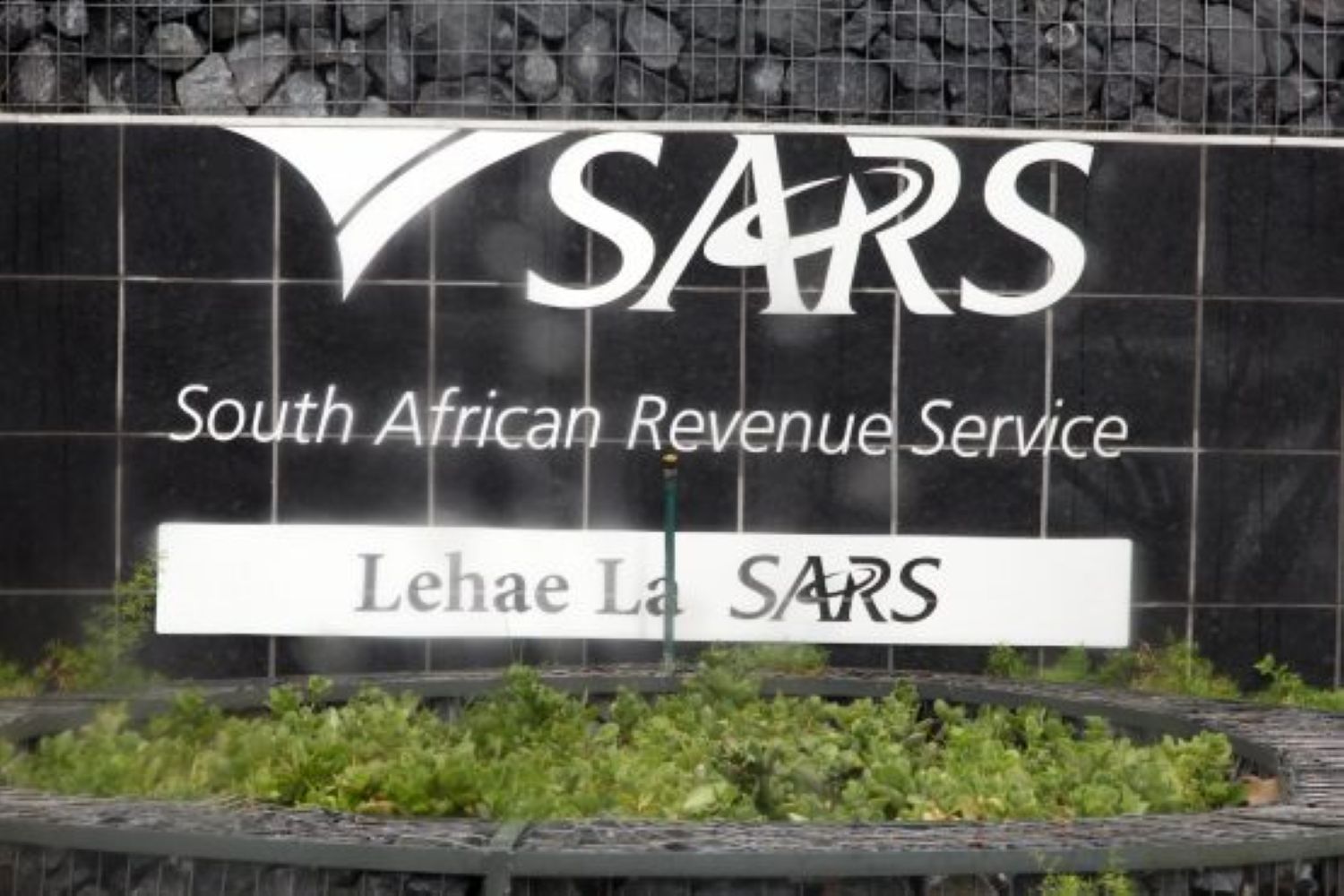According to reports, this time all the parties in the government of national unity is happy with Budget 3.0.
Budget 3.0 was not a US Department of Government Efficiency-style chainsaw budget, economists say, after Minister of Finance Enoch Godongwana delivered Budget 2025 at last on Wednesday.
Mike van der Westhuizen, portfolio manager at Citadel, says the third version of Budget 2025 was carefully calibrated to maintain political harmony within the government of national unity (GNU), but risks remain.
“It is a safe budget and they have done enough – for now. But the real story lies in what was left out, not what was included and it faces risks if the fiscally expensive Social Relief of Distress (SRD) grant becomes permanent, or if the economic growth that it is intended to stimulate does not materialise.”
Van der Westhuizen also notes that while the budget maintains fiscal consolidation and avoids austerity, spending reductions merely reverse earlier expansions seen in Budget 1.0.
“The SRD grant, which has been extended to March 2026 without any long-term funding plan is a key concern.
“A court ruling could compel government to make the SRD grant permanent and expand its reach, ballooning the cost from R35 billion to over R66 billion annually. None of this has been budgeted for in the outer years.”
ALSO READ: Budget 3.0: Fuel levy replaced VAT hike but is it the better option?
Also important what Budget 3.0 leaves out
He also points out that Budget 3.0 leaves out several items that could pose fiscal risks in the near future, especially if they are added back in during the medium-term budget or next annual budget.
“There is also no mention of National Health Insurance (NHI), likely due to affordability concerns.
“In addition, several spending pressures were deferred rather than resolved, including support for Transnet’s debt refinancing, the gap left by the withdrawal of key donor funding, such as USAID’s PEPFAR programme, funding for Prasa’s proposed rolling stock fleet renewal, infrastructure pipeline projects, population-driven provincial allocations, political party funding and resources for key institutions like the Office of the Chief Justice and Statistics SA.
“These omissions represent a significant risk if any of them materialise later this year without a matching revenue plan.”
Van der Westhuizen says while there was no VAT increase anymore, tax pressures remain. “Consumers may feel temporary relief from the decision to keep VAT at 15%, but the budget quietly introduces other tax pressures.
“There was no inflation adjustment to personal income tax brackets, which effectively increases the tax burden on individuals. A modest fuel levy hike kicks in from June and further tax changes are expected in the 2026 Budget to plug an estimated R20 billion revenue gap.”
He says while Budget 3.0 is politically pragmatic and avoids market shocks, it is not without vulnerabilities. “Unless growth improves and spending pressures are permanently resolved, the risks will only grow. It is a fine balancing act and right now the balance remains precarious.”
ALSO READ: Sensible or underwhelming? Economists react to Godongwana’s Budget 3.0
Fiscal consolidation in Budget 3.0
Arthur Kamp, chief economist at Sanlam Investments, says fiscal consolidation remains the central theme, with a combination of spending cuts and revenue raising measures roped in to stabilise and ultimately lower government’s debt ratio over the medium term.
“The debt trajectory is, nonetheless, higher than previously projected by Treasury, given downward revisions to gross domestic product (GDP) forecasts. This serves to illustrate the ongoing challenge of fiscal consolidation in a low growth environment.”
He points out that the emphasis on infrastructure spending is maintained but that expenditure risks still lurk and a decrease in the ratio of non-interest spending to GDP is delayed to the outer years of the medium-term framework.
“The cornerstone of fiscal consolidation remains a projected improvement in the primary budget balance. However, the tax-to-GDP ratio increases over the medium term, although the hope is that additional allocations to Sars will extend the nascent improvement in tax administration and remove the need for future (currently unspecified) tax increases.”
ALSO READ: Godongwana cuts zero-rated food basket in Budget 3.0
Compromises and trade-offs in Budget 3.0
Prof Raymond Parsons, economist at the NWU Business School, also calls Budget 3.0 pragmatic given the current circumstances. “As the minister emphasised, various compromises and trade-offs were inevitably necessary to now achieve a workable ‘balancing of the books’ which is confidence-building.
“The commitment to spending reviews is also an essential one. The overall thrust of Budget 3.0 shows a strong pivot in fiscal strategy towards growth and investment, which is where the basic solutions to South Africa’s public finance challenges ultimately lie.
“If fully implemented, the strong emphasis on infrastructural development bodes well for the 3% GDP growth in the medium term envisaged by the GNU. However, both the role of Operation Vulindlela and the participation of private sector investment indeed remain indispensable to successful delivery of key infrastructural outcomes, especially in transport, logistics, energy and water.”
Parsons says therefore, the latest Budget provided a combined policy and project foundation on which to build South Africa’s fiscal sustainability over the longer term. “With the debt-to-GDP ratio to be stabilised at a higher level of 77%, the margin for error continues to remain small.
“There are still future risks to fiscal policy, as highlighted by the higher debt-to-GDP ratio and the warning that the 2027 Budget may have to consider new taxes. The good news is that this is now a GNU Budget, which is not only a plus for political stability, but should also ensure its subsequent passage through the various parliamentary processes.”
ALSO READ: Godongwana cuts government spending to offset VAT shortfall
The importance of promoting policy certainty
He says what is also important to promote policy certainty is that the positive reforms in Budget 3.0 are speedily implemented and are also seen as irreversible. “This includes the investment in Sars’ capacity to improve tax collection and revenues.
“The fact that the original assumption underpinning the Budget of 1.9% GDP growth this year has been sharply reduced to 1.4% recognises the new global and domestic economic realities shaping South Africa’s growth prospects.
“While this assumption may still be on the optimistic side, the more conservative Treasury projection nonetheless simply confirms why the third budget needed to be strongly growth-dominated.
“If South Africa wants to grow its tax base to enlarge its fiscal space, it needs a rapidly expanding economy with faster job creation. In addition, taxpayers must see they are getting value for money.”













